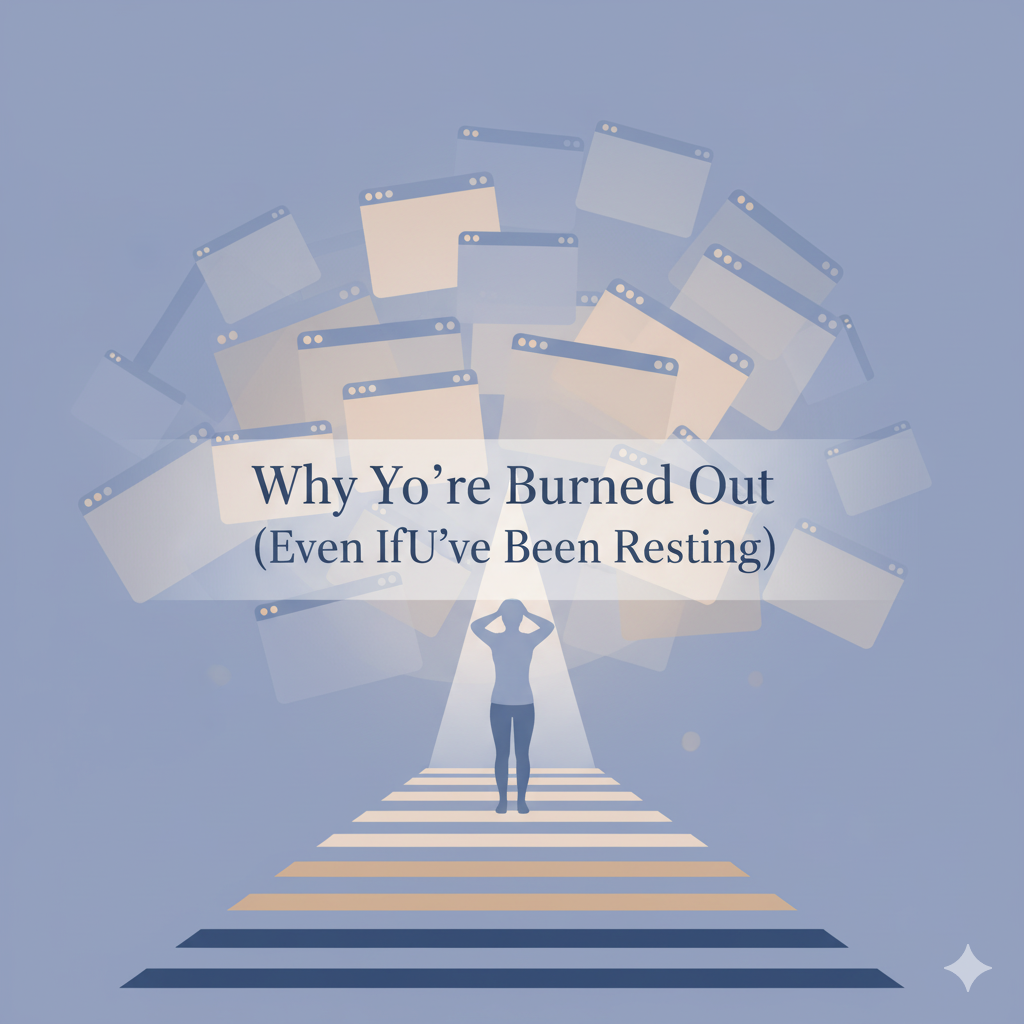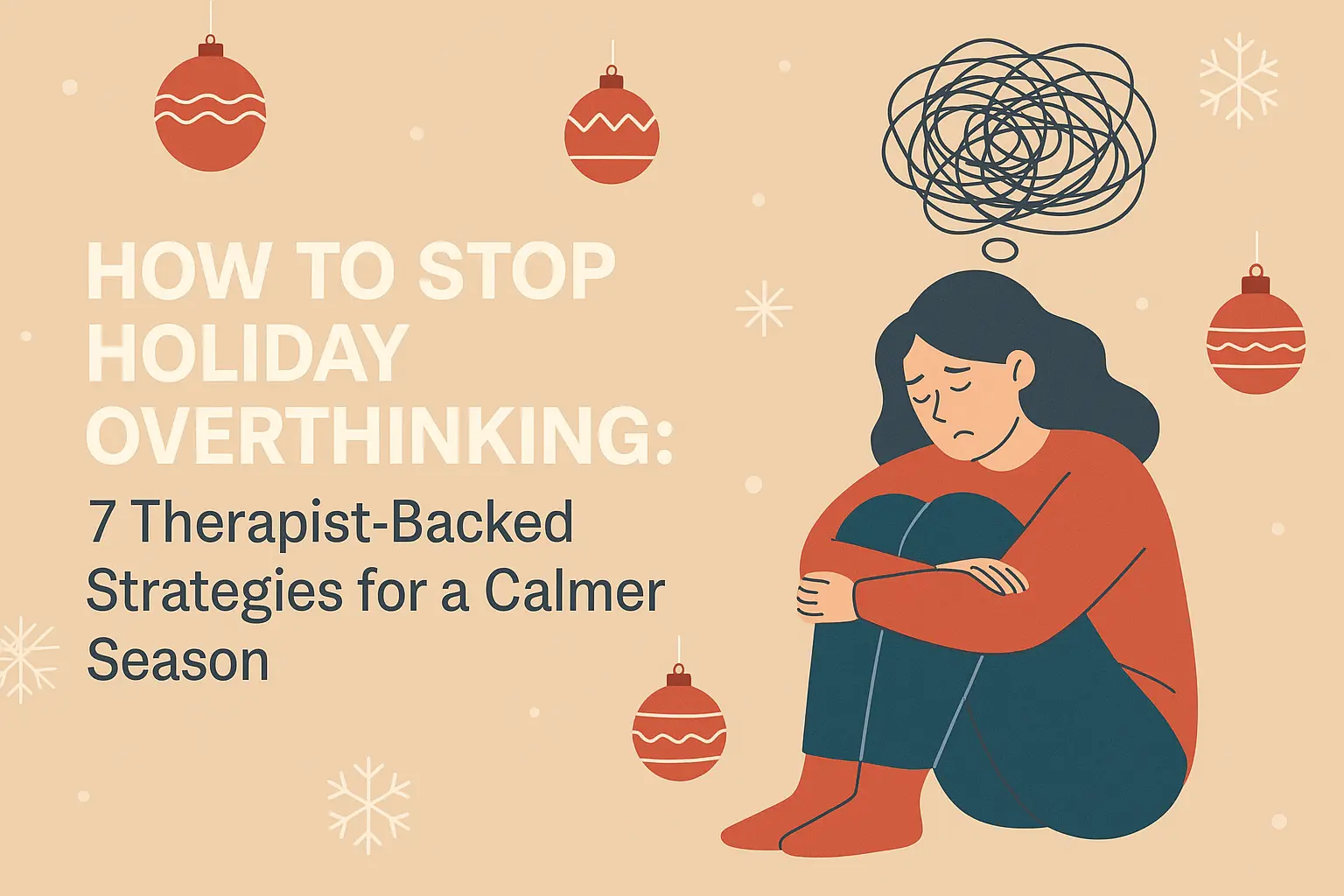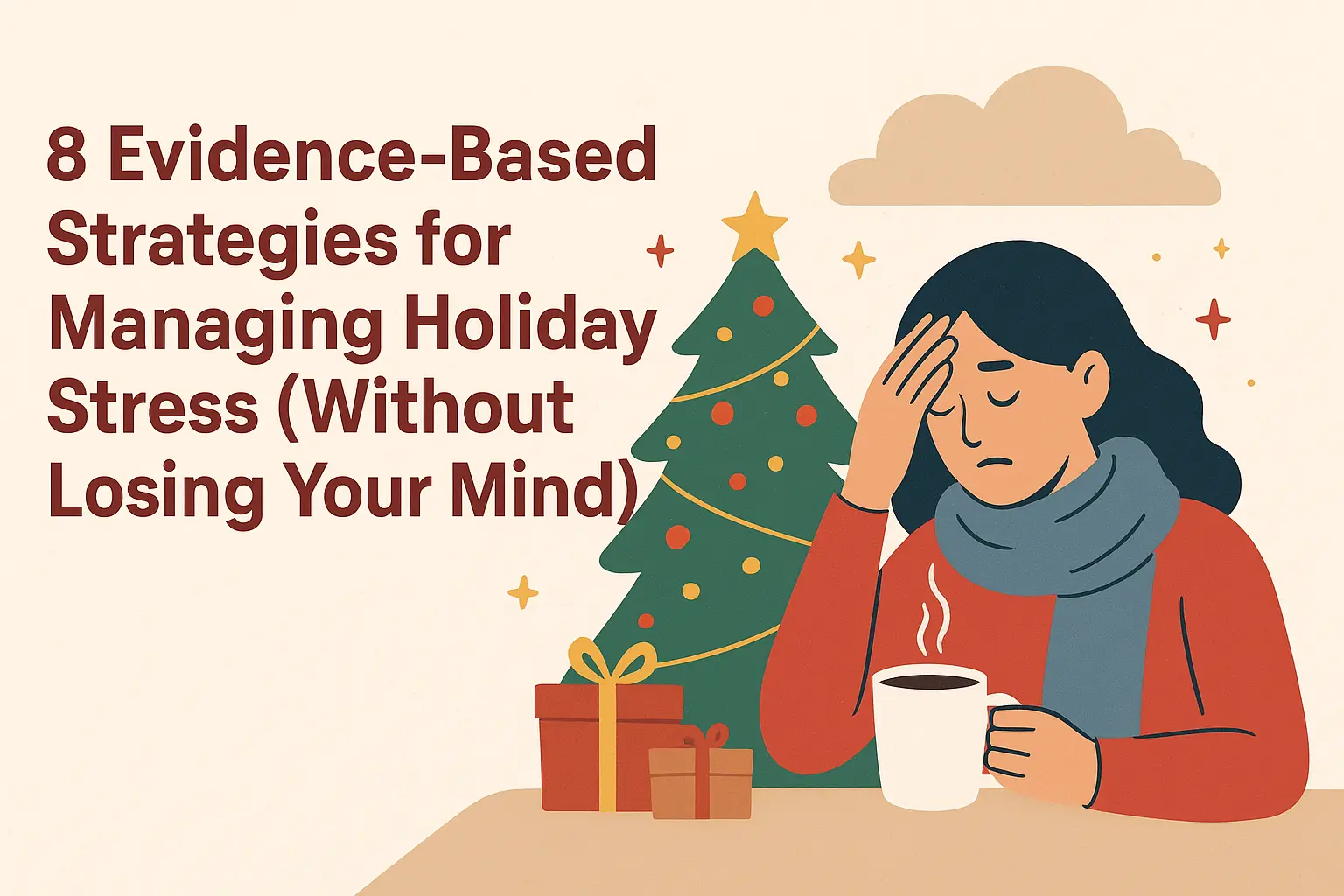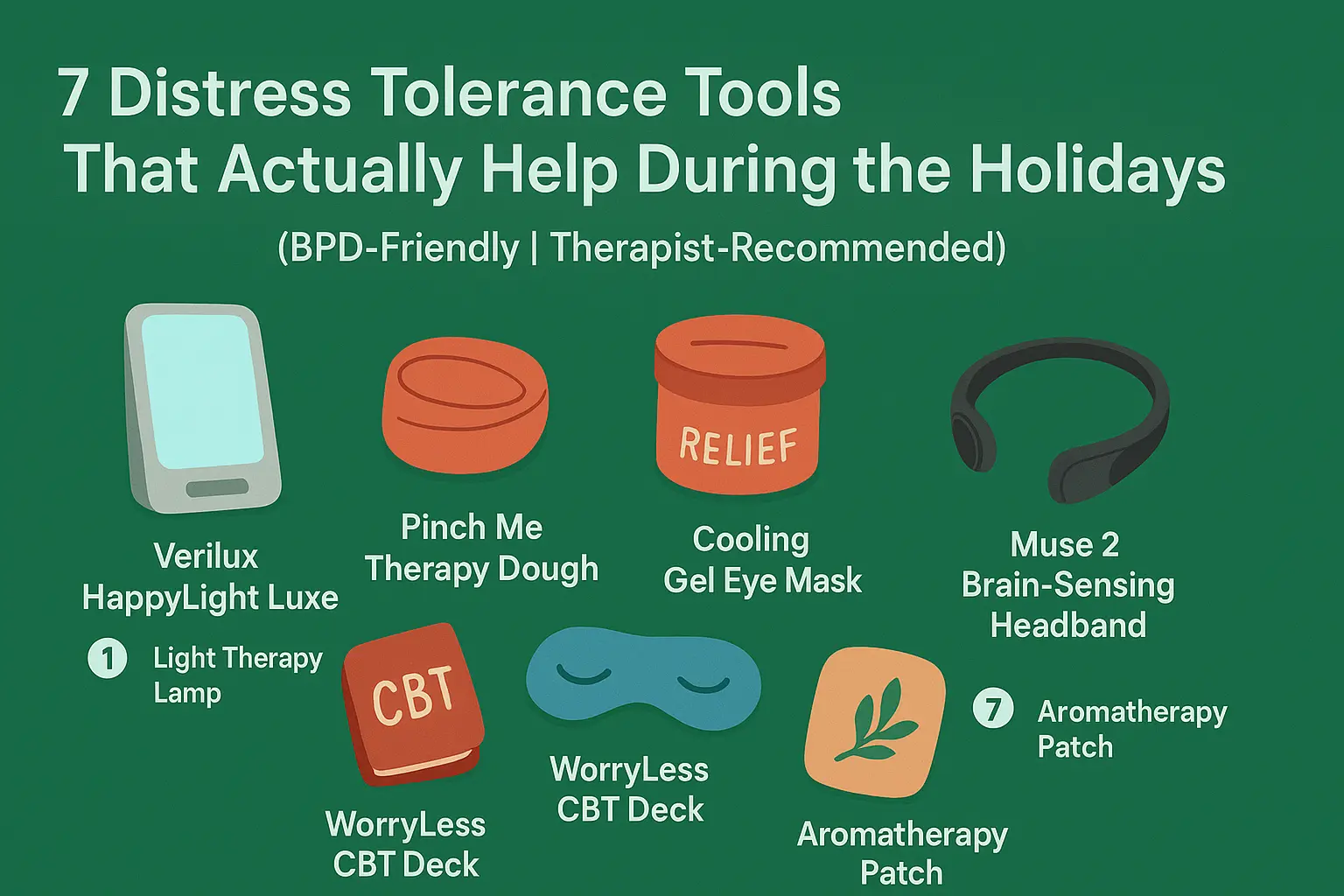And the overlooked habit that might be draining your energy without you realizing it. You’re doing all the “right” things resting more, saying no, even stepping back from work. So why do you still wake up feeling like you’ve been hit by a truck?
The truth is, most of us aren’t recovering we’re just stalling out. And the advice we’ve been given? It’s not wrong. It’s just not enough.
In this post, you’ll learn:
– Why rest doesn’t always reset your brain
– What attention fatigue feels like (and why it’s sneaky)
– A dead-simple reset that works better than deep breathing
– How the workbook rewires your energy leaks
– A few recovery tools that won’t waste your money
1. Rest Isn’t Working — And It’s Not Your Fault
You’ve canceled plans. You’ve taken time off. You’re sleeping more.
So why does your brain still feel fried?
Because “rest” isn’t rest if your mind is still going 90 mph — problem-solving, worrying, doomscrolling, checking out emotionally but never really logging off.
🔹 Rest isn’t recovery if your brain is still multitasking.
2. The Invisible Burnout No One Talks About
Let’s talk about a different kind of burnout — not just from work, but from fragmented attention.
Every day, your mind switches between tasks, thoughts, notifications, people, platforms. And it never fully lands anywhere. That’s what creates cognitive drain — the kind that sleep doesn’t fix.
It’s like having 47 tabs open in your brain — and even when you close your laptop, the hum is still there.
🔹 Mental exhaustion doesn’t always look like stress — sometimes it looks like nothing.
You don’t need more naps. You need to reclaim your attention.
3. Why You Still Feel Numb — Even After a Break
This might sound familiar:
- You’re “doing less” but still exhausted
- You can’t remember conversations
- Your brain feels foggy, even with 8 hours of sleep
- You’re disconnected from the moment, from your body, from joy
That’s not laziness. That’s not failure.
That’s attention fatigue — and it mimics depression, low motivation, and burnout. But traditional rest won’t fix it, because the real issue isn’t output — it’s presence.
4. What Mindfulness Actually Means (And Why It Matters)
Forget the beige Instagram version of mindfulness. This isn’t about quiet tea rituals or sitting cross-legged in silence.
Mindfulness = training your attention to stay where your body is.
That’s it. No incense. No mantras. Just showing up to this moment on purpose — especially when your brain would rather bail.
It’s not magic. It’s neuroscience. And it works — not by making you “zen,” but by rewiring the part of your brain that’s stuck in overdrive.
🔹 Mindfulness isn’t calm. It’s clarity.
5. Try This: A 60-Second Attention Reset
This tool works because it interrupts the autopilot loop — the mental ping-pong between future worries and past regrets.
👇 Try this right now:
- Put both feet flat on the floor.
- Say out loud: “I’m here now.”
- Name 3 things you can see.
- 3 things you can hear.
- 3 things you can physically feel.
That’s it.
Do that three times a day — in the car, at your desk, in the bathroom at a party — and you’ll start to retrain your attention. Not to be perfect, but to be present.
6. How to Actually Rebuild Mental Energy (Without Adding More to Your Plate)
This is where the Mindfulness Workbook for Strengthening Awareness & Living in the Present comes in.
It’s not fluffy or preachy. It’s therapist-designed, low-pressure, and built for real people — especially the tired, the overwhelmed, and the “I’ve tried everything” crowd.
Inside, you’ll find:
– A 2-minute reset to shut down overthinking at night
– A body-scan you can do while brushing your teeth
– An attention tracker that reveals where your energy is leaking
– Mini grounding prompts that work even when you’re distracted or overstimulated
You don’t need to “do it right.” Just pick a page and begin. No ritual. No routine. Just a tool that actually works.
💬 “This workbook helped me come back to myself — without needing a whole routine.”
— Julie, burnout survivor
7. Real-World Tools That Support Mental Reset
Sometimes a mental shift needs physical backup. These sensory tools help support your attention and nervous system as you rebuild your energy.
Sensate Relaxation Device – for Immediate Calm and Long-Term Stress Resilience
Wearable vagus nerve stimulation device that uses gentle vibrations and sound therapy to help calm your nervous system fast. Great for anxious overthinkers who struggle to downshift at night.
🛒 Buy it on Amazon
Crazy Aaron’s Thinking Putty – Super Scarab
Shimmering, color-shifting sensory putty that engages your hands and calms your mind. Perfect for grounding during stressful calls, journaling, or racing thoughts.
🛒 Buy it from Play Therapy Supply
WoodWick Large Hourglass Candle – Lavender Spa
Crackling wooden wick, calming lavender scent. A great atmosphere anchor to pair with your nightly mindfulness practice or use during workbook journaling.
🛒 Buy it on Amazon
8. Your Energy Isn’t Gone. It’s Just Scattered.
Here’s what you do next:
- Try the 60-second reset above
- Pick a moment this week to notice your attention (not just your tasks)
- And if you’re ready for a low-pressure way to retrain your brain, start here:
👉 Get the Mindfulness Workbook for Strengthening Awareness & Living in the Present
You’ve tried ignoring it. You’ve tried powering through. Now try coming back.






